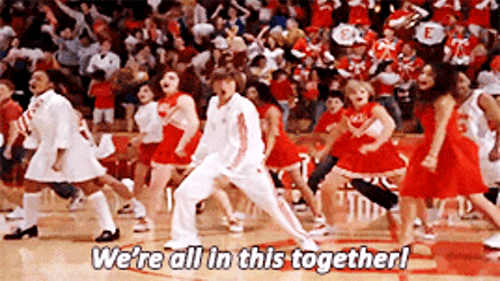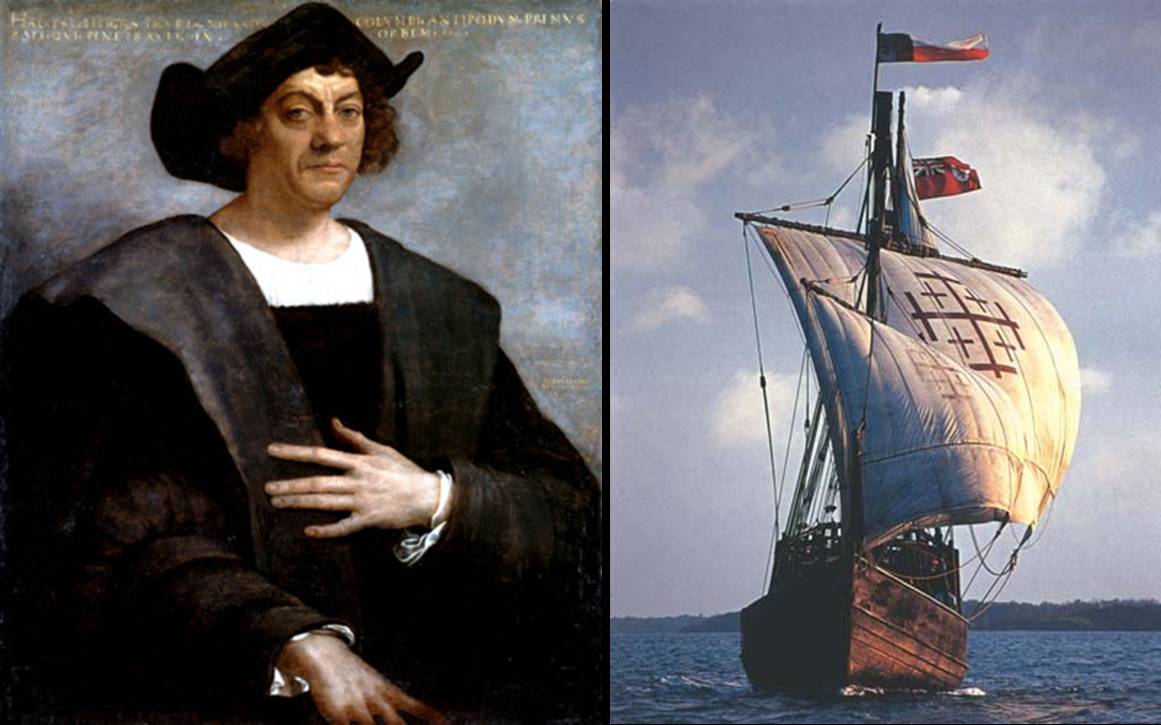
 WE MADE IT TO THE LAST DAY OF SOCIAL STUDIES METHODS! Today on the last day of our class we conducted a mock intervention simulation. I chose to be a part of one of the four administrators for the interview along with Amanda, Cierra, and Marie. I was required to create a fake profile about myself and the school I was in search of a teacher for. I introduced myself as Dr. Diamond. Dr. Diamond went to Stanford and obtained her bachelors in information technology. She then got pursued her education and got her Masters at Harvard, and then finally her ph.D at UCLA in Los Angelas. Dr. Diamond was looking to hire a teacher candidate as a 4th-grade social studies teacher who specializes in technology at Jewel Elementary School located in Cornwall, NY. I went into the mock interviews with a jar of questions. The jar of questions had different questions this way each candidate got a fair pick, and not one question was harder than the other. I asked questions specifically about technology. Technology is huge and extremely important for student learning. I wanted to see who would be the best candidate for my school, personally. Many of my classmates did well! They were actually nervous for us to interview them, which was funny because we are on the same level as them, but they saw us as higher. I really enjoyed this experience. In the end, we had to choose one candidate we would think is the perfect fit for our school! I chose Angie. Angie answered each question in depth, was confident, and had a positive personality. I think this was a great simulation to go through because it is truly like what the real world can be once we graduate and look for jobs. There will always be competition within you and someone else so you have to learn to market yourself to be the greatest. Show what you learned, show all the hard work you put into your learning, and show what makes you better than the next person.
WE MADE IT TO THE LAST DAY OF SOCIAL STUDIES METHODS! Today on the last day of our class we conducted a mock intervention simulation. I chose to be a part of one of the four administrators for the interview along with Amanda, Cierra, and Marie. I was required to create a fake profile about myself and the school I was in search of a teacher for. I introduced myself as Dr. Diamond. Dr. Diamond went to Stanford and obtained her bachelors in information technology. She then got pursued her education and got her Masters at Harvard, and then finally her ph.D at UCLA in Los Angelas. Dr. Diamond was looking to hire a teacher candidate as a 4th-grade social studies teacher who specializes in technology at Jewel Elementary School located in Cornwall, NY. I went into the mock interviews with a jar of questions. The jar of questions had different questions this way each candidate got a fair pick, and not one question was harder than the other. I asked questions specifically about technology. Technology is huge and extremely important for student learning. I wanted to see who would be the best candidate for my school, personally. Many of my classmates did well! They were actually nervous for us to interview them, which was funny because we are on the same level as them, but they saw us as higher. I really enjoyed this experience. In the end, we had to choose one candidate we would think is the perfect fit for our school! I chose Angie. Angie answered each question in depth, was confident, and had a positive personality. I think this was a great simulation to go through because it is truly like what the real world can be once we graduate and look for jobs. There will always be competition within you and someone else so you have to learn to market yourself to be the greatest. Show what you learned, show all the hard work you put into your learning, and show what makes you better than the next person. 
Today was also the last day of class. I am so proud of myself and where this course has taken me. This course really tested me and my want to be a teacher. It truly secured my want to be an educator. It showed me what the real life as a teacher will be like: staying up all night planning your lessons, trying to make them the best for the children. I am thankful for all the experiences provided by Dr. Smirnova, and am beyond proud of myself for completing the course!
























